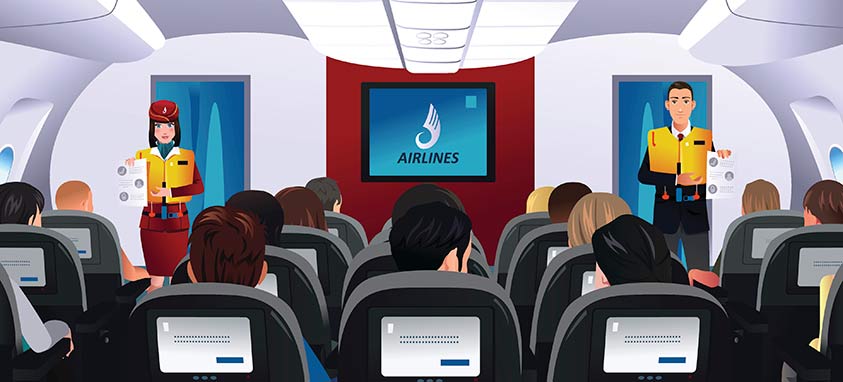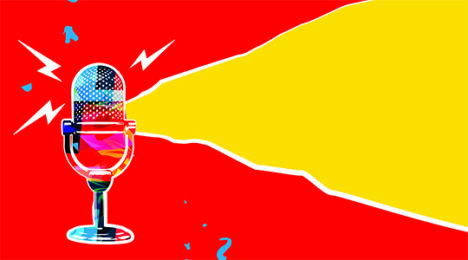Between the outrage caused by Spirit’s recent spate of cancellations and United’s overbooking debacle, most probably assume that customer satisfaction rates have plummeted for U.S. airlines. However, J.D. Power’s 2017 North America Airline Satisfaction Study actually indicates that things have improved.
“It’s impossible to think about airline customer satisfaction without replaying the recent images of a passenger being dragged from a seat, but our data shows that, as a whole, the airline industry has been making marked improvements in customer satisfaction across a variety of metrics, from ticket cost to flight crew,” says Michael Taylor, travel practice lead at J.D. Power.
As it turns out, improvements are being seen all around. Lower fares, better on-time performance, fewer lost bags and the lowest bump rate ever recorded have contributed to a steady improvement. In the report released on May 10, overall customer satisfaction with North American airlines has soared to its highest rate ever. In every measure of customer satisfaction, airlines scored higher than they did last year, a trend which has been seen each year since 2013.
Key measures of customer service
This year marks the 13th annual North America Airline Satisfaction Study. Responses were collected from 11,015 passengers who flew on a major North American airline between March 2016 and March 2017, including both business and leisure travelers. The study focuses on two market segments–low-cost and traditional airlines. Major carriers are evaluated on a 1,000-point scale by the following seven factors, which are ranked in order of importance.
- Cost and fees
- In-flight services
- Aircraft quality
- Boarding, deplaning and baggage processes
- Flight crew
- Check-in
- Reservation management
Overall observations
Major improvements in on-time performance, fewer lost bags and more accommodating flight crews along with historically low overbooking rates bolstered overall satisfaction scores. In addition, the average North American airfare fell by 8.5 percent in 2016, driving satisfaction rates for costs and fees to reach its highest level since 2006.
Overhead storage space has caused more complaints than it did last year, with 14 percent citing it as an issue after a flight. Apparently, this can have significant repercussions, as passengers who had trouble with overhead bin space reported satisfaction rates that were an average 82 points lower than those who did not.
Social media is now the favored outlet for feedback. That’s not surprising, considering the impact viral videos filmed on airlines have had recently. Among business travelers, 21 percent posted about an airline experience, although only eight percent of leisure travelers did. The most common platforms for sharing were Facebook (81 percent) and Twitter (41 percent). Notably, respondents’ satisfaction rates increased by an average of 121 points when an airline responded to a social media post–even when it was negative.
How did airlines rank?
For the 10th consecutive year, Alaska Airlines topped the list of traditional airline carriers with an index score of 765 points. Delta Air Lines came in at second with 758 points after making improvements in every measure.
Southwest Airlines ranked No. 1 for low-cost carriers, achieving high scores in all seven categories and an overall 807 points. JetBlue Airways followed Southwest in second place with a score of 803 points and growth in every measure.
Always room for improvement
Overall satisfaction with North American airlines increased by a whopping 30 points, reaching a score of 756 points this year. Yet there’s still a long way to go for the industry.
Taylor remarks, “as recent events remind us, however, airlines have significant room for improvement. Airlines still rank among the bottom tier of most service industries tracked by J.D. Power, far lower than North American rental car companies or hotels.”
With all of the negative publicity major carriers have received over the past few months, it’s possible we will see even bigger leaps in 2018.




